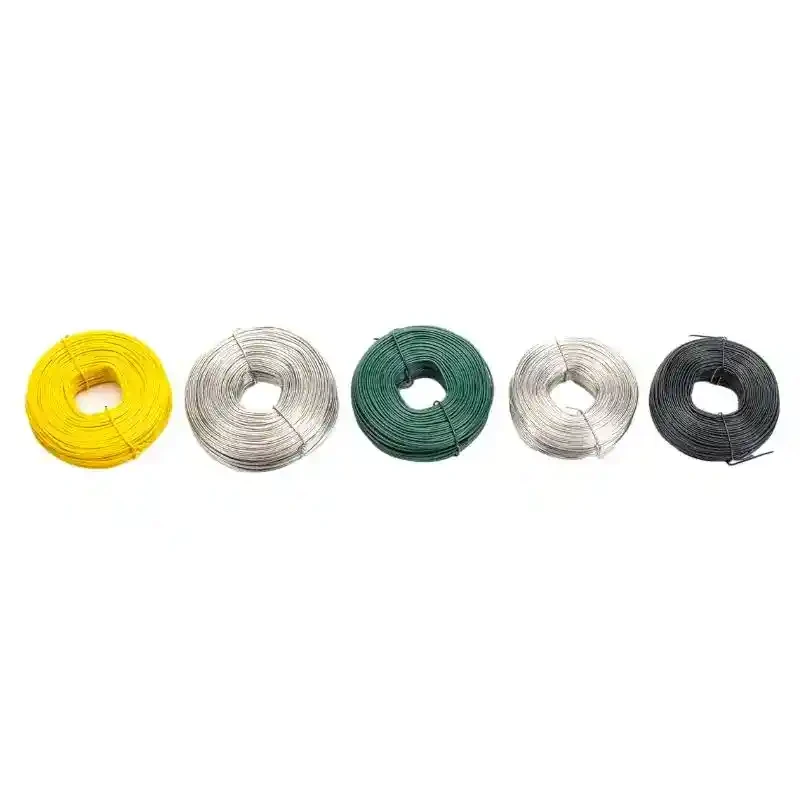
- Mobile Phone
- +8613931874955
- sales@cntcmetal.com
masonry to concrete wall ties
Masonry to Concrete Wall Ties Ensuring Structural Integrity
In construction, ensuring the stability and durability of structures is paramount. One critical aspect of this stability involves the use of wall ties, particularly in the context of masonry walls connected to concrete structures. Wall ties facilitate the connection between different materials, providing the necessary support to withstand various forces, including wind loads, thermal expansion, and the weight of the wall itself. This article explores the importance of masonry to concrete wall ties, their types, installation methods, and best practices.
The Importance of Wall Ties
Wall ties serve as essential components in construction, especially where masonry walls intersect with concrete elements. They help maintain structural integrity by allowing for movement and preventing separation between the two materials caused by factors such as temperature changes and settlement. Properly installed ties ensure that the building remains stable and can resist lateral forces, which is vital for both safety and longevity.
Moreover, wall ties play a significant role in preventing moisture penetration. When masonry is properly tied to a concrete wall, it forms a more cohesive barrier, reducing the chances of water infiltration that can lead to mold, decay, or structural damage over time.
Types of Wall Ties
There are several types of wall ties used to connect masonry to concrete walls, each designed for specific applications and load requirements. The most common types include
1. Metal Ties Often made from galvanized steel, these ties are durable and suitable for various applications. They come in various designs, including flat ties, corrugated ties, and ladder ties. Metal ties are favored for their strength and longevity, particularly in load-bearing conditions.
2. Plastic Ties These are increasingly popular due to their resistance to corrosion and lower thermal conductivity. Plastic ties are lightweight and can reduce the risk of thermal bridging, making them a good choice for energy-efficient designs.
3. Composite Ties Combining the benefits of both metal and plastic, composite wall ties are designed to minimize thermal bridging while retaining structural strength. They offer a good balance between durability and energy efficiency.
Installation Methods
The installation of masonry to concrete wall ties is a critical process that should be executed with precision to ensure effectiveness. The following steps outline the general procedure
masonry to concrete wall ties

1. Planning and Design Before installation, it’s essential to assess the structural requirements based on the architectural design and building codes. This planning can help determine the type and spacing of ties needed.
2. Preparation of Surfaces Ensure that the surfaces of the masonry and concrete are clean and free of debris. Proper surface preparation enhances the effectiveness of the ties.
3. Placement of Ties Wall ties should typically be installed in a staggered pattern to ensure even distribution of loads. The ties are embedded in the mortar joint of the masonry wall, and the other end is anchored to the concrete wall. It is crucial to follow manufacturer guidelines regarding the spacing and embedment depth of the ties.
4. Inspection Once installed, it is essential to inspect the ties to ensure they are secure and properly anchored. This inspection can prevent future issues related to structural damage or moisture intrusion.
Best Practices
To maximize the effectiveness of masonry to concrete wall ties, several best practices should be followed
- Use Quality Materials Opt for high-quality ties designed for the specific conditions of your project. Choosing the right material will enhance durability and performance.
- Follow Code Requirements Always adhere to local building codes and regulations regarding wall ties to ensure safety and compliance.
- Regular Maintenance Periodically inspect wall ties and the surrounding areas for signs of corrosion, damage, or moisture infiltration. Early detection can help mitigate significant structural issues.
- Consult Professionals When in doubt, consult structural engineers or other professionals knowledgeable about wall ties and construction practices. Their expertise can provide valuable insights into ensuring a stable and robust structure.
Conclusion
In summary, masonry to concrete wall ties are vital components in modern construction, ensuring the stability, integrity, and longevity of structures. By understanding their importance, types, installation methods, and best practices, builders and architects can enhance the safety and performance of their projects, ultimately leading to better living and working environments for their occupants.
share:
-
Why Sacrificial Formwork Is Redefining Underground ConstructionNewsJun.06,2025
-
The Structural Dynamics of Modern Concrete: How Snake Spacers Revolutionize Flexible ReinforcementNewsJun.06,2025
-
Snake Spacers Smart-Lock Concrete Reinforcement with Surgical PrecisionNewsJun.06,2025
-
Snake Spacers: Reinforcement Precision for Modern Concrete ProjectsNewsJun.06,2025
-
Snake Spacers Powering Concrete's Structural DNANewsJun.06,2025
-
Slither into Success: Snake Spacers' Precision Bite for Unbreakable ReinforcementNewsJun.06,2025
-
Sacrificial Formwork: Building Stronger, Faster, and Safer StructuresNewsJun.06,2025



















